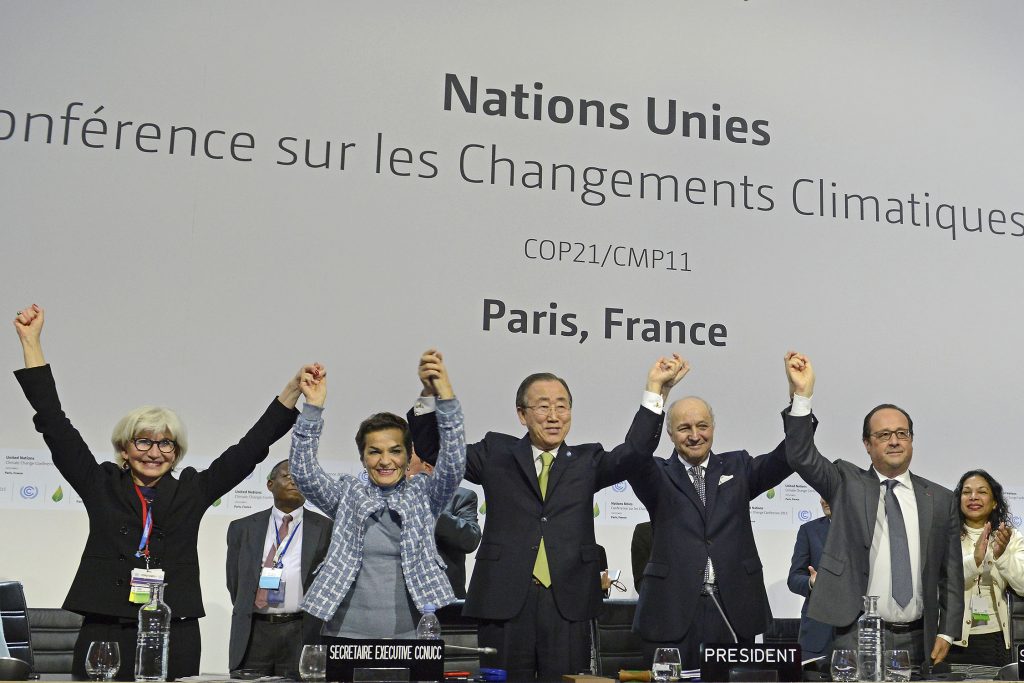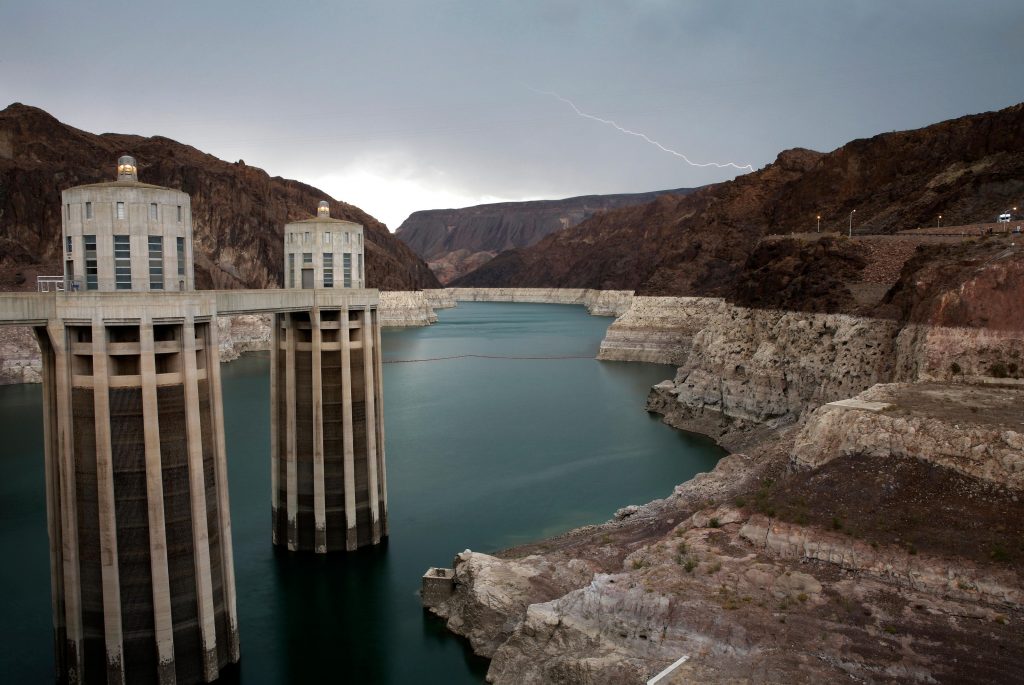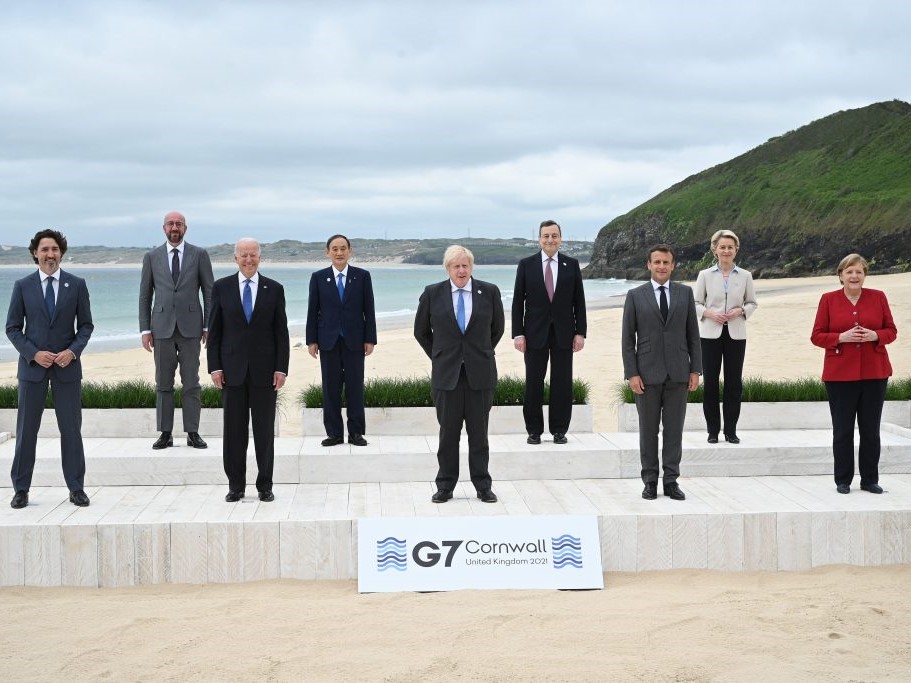In the lead up to COP26 in November of this year, we are writing a series of articles looking at some of the toughest global climate crisis challenges that we are currently facing. But what exactly is COP26?
COP26 is the 26th annual summit of the United Nations climate change conference, taking place in Glasgow from 31st October to 12th November 2021. The Conference of Parties, known as COP, is responsible for monitoring and reviewing the United Nations Framework Convention on Climate Change (UNFCCC) and its implementation. The UNFCCC is an international treaty acknowledging the existence of anthropogenic climate change and provides the framework for climate change negotiations.
Over 190 world leaders, along with thousands of government representatives, businesses, negotiators and citizens, will convene in Glasgow, Scotland, to update plans for reducing emissions. During these summits, countries set out Nationally Determined Contributions (NDCs) to commit how much they will reduce their emissions. COP26 was delayed by a year due to the COVID-19 pandemic, but this year there will be updated plans for the global reduction of greenhouse gas emissions. Suggested to be one of the most important climate crisis summits ever, COP26 must be divisive to limit global temperatures exceeding 1.5°C above pre-industrial levels ahead of the approaching 2030.
The history
The convention began in 1992 during the ‘Earth Summit’ in Rio de Janeiro. The UNFCCC treaty was adopted two years later and has been ratified by 197 countries. The COP began meeting each year from 1995, to review the implementation of the UNFCCC and amend commitments and targets. This will be the first time the UK has hosted the COP.
In 2010, countries committed to limit the global average temperature increase to a threshold of 2°C compared to pre-industrial levels by signing the Cancun Agreements. Further research and several reports from sources such as the Intergovernmental Panel on Climate Change (IPCC) showed that to avoid extreme impacts of climate change, the target should be 1.5°C. Thus, the Paris Agreement was created and entered into force in 2016. In 2018, the IPCC released its Special Report of Global Warming of 1.5°C, bringing together the findings of multiple climate scientists to present the steps needed to maintain global average temperature rise below 1.5°C.

What does ‘1.5°C’ mean?
The 1.5°C pledge is the goal of the Paris Agreement to limit global warming to below 1.5°C compared to pre-industrial levels, with an upper limit of 2°C. This is an increase in the Earth’s average temperature, measured from a baseline average temperature between the mid-to-late nineteenth century, during the Industrial Revolution. The impacts of higher temperatures are already being felt, but it is thought that an increase above 1.5°C will be the tipping point for many natural systems.
An increase above 2°C could lead to:
- Severe heatwaves at least every five years for around 1.7 billion more people
- Several hundred million extra people exposed to poverty and other climate-related risks
- An average sea rise of another 10cm
- It could also cause coral reefs to decline as much as 99%
- A decline in global fishery catches by another 1.5 million tonnes
- 18% of insect species could be lost, along with 16% of plants and 8% of vertebrates
- More erratic rainfall, with more intense rain on days it does fall, leading to up to 79 million people being exposed to the risk of flooding
- Water stress will increase, with more frequent and longer droughts. Certain countries will see a significant drop in groundwater, and therefore a drop in productivity in crop and livestock farming
- There may be an expansion in the range of malaria-carrying mosquitoes, increasing malaria transmission by 120%

The process
There is a long road to COP26, which started in December 2020 with the Climate Ambition Summit, co-hosted by the UN, UK and France. 75 world leaders announced new commitments. The next stage was the Climate & Development Ministerial in March 2021, where the challenges and priorities of implementing the Paris Climate Agreement were discussed.
In April 2021, the Leaders Summit on Climate took place with 40 world leaders, convened by President Biden. Ambitious commitments were made by the US and Japan to reduce emissions by 2030. All members of the G7 were committed to net-zero by 2050.
In May and June 2021, five events took place:
- Petersberg Climate Dialogue,
- P4G Seoul Summit,
- 12th Clean Energy Ministerial (CEM) – 6th Mission Innovation Ministerial,
- the UN Climate Change Conference – Sessions of the Subsidiary Bodies,
- and the G7 Leaders Summit.
These all involved working to accelerate negotiation progress, developing public-private partnerships, promoting policies, and uniting leading democracies, to promote a greener future ahead of COP26.
Between July 26th and 6th August, the Fifty-Fourth Session of the Intergovernmental Panel on Climate Change (IPCC-54) and Working Group 1 Assessment Report 6 Approval Plenary takes place, providing key inputs from the Sixth Assessment Report into the negotiations at COP26.
In September 2021, four events will occur:
- 76th Session of the UN General Assembly (UNGA)
- Climate Week NYC
- Youth4Climate: Driving Ambition
- Pre-COP26
These involve the discussion of the challenges of recovering from COVID-19, a chance to showcase climate action, and allowing 400 young people (between 18-29) to discuss negotiations. The Pre-COP26 is mainly a preparatory meeting, involving the discussion of key political aspects of COP26 negotiations, and a chance to find solutions for any outstanding issues.
During October 2021, there will be:
- UN Biodiversity Conference,
- Global Investment Summit: Building A Green Future Together,
- World Bank Group/International Monetary Fund Annual Meetings,
- G20 Leaders’ Summit.
These final events discuss the action needed to reverse biodiversity loss, the investment opportunities of net-zero across the UK, and the representation of shareholders on the world economic outlook and other issues. Finally, shared challenges between G20 countries are addressed, focusing on recovering from the pandemic and addressing climate change.
COP26 begins immediately after the conclusion of the G20 Leaders’ Summit in November.

General goals:
The general goals of COP26 are to:
- Secure global net-zero by mid-century and keep 1.5 degrees within reach
- Adapt to protect communities and natural habitats
- Mobilise finance
- Work together to deliver
To achieve these, countries must quickly phase out coal, reduce deforestation, increase the speed of the switch to electric vehicles, and encourage investment in renewables. To adapt better, counties must protect and restore their ecosystems, and increase defences, resilient infrastructure and effective warning systems to avoid loss of lives, homes and livelihoods. Developed countries must mobilise at least $100bn (£71.7bn) in climate finances per year, with international financial institutions playing their part. Finally, the Paris Rulebook (a set of rules to make the Paris Agreement operational) must be finalised and there must be an acceleration in action to tackle the climate crisis, especially through the collaboration of governments, civil society and businesses.
UK goals
The UK government announced in November 2020 a £12billion government investment towards a 10 point plan:
- Advancing offshore wind
- Driving the growth of low carbon hydrogen
- Delivering new and advanced nuclear power
- Accelerating the shift to zero-emission vehicles
- Green public transport, cycling and walking
- ‘Jet zero’ and green ships
- Greener buildings
- Investing in carbon capture, usage and storage
- Protecting our natural environment
- Green finance and innovation
There are some success stories in the UK’s fight against climate change, with emissions down 49% since 1990, with the strongest record in reducing emissions over the last decade in the G20. We are the world leaders in offshore wind energy, with the power sector only accounting for 13% of all territorial emissions within the UK. Our Climate Change Act of 2008 was the first of its kind.
There has been little progress in cutting emissions outside of the energy sectors, however, stifling our process to achieving the ambitious targets of a 78% reduction by 2035. Further plans, such as airport and road expansions and new oil and gas exploration within the North Sea, undermine the UK’s position as one of the leaders in the fight against climate change.
One key pledge is to protect 30% of the UK for nature by 2030. When it comes to the number of species that have been lost, the UK ranks bottom among the G7 countries and is in the lowest 12% of 240 countries and territories. In 2019, it was reported that 41% of species within the UK were in decline and it is estimated that only 5% of the land is considered healthy habitat.
Summary
- COP26 is a summit of the United Nations climate change conference, responsible for monitoring and reviewing the UNFCCC and its implementation.
- The aim is to limit the increase in global average temperatures to below 1.5°C (with an upper limit of 2°C)
- The road to COP26 involves 17 summits, conferences, and meetings over 11 months, leading up to the COP26 event hosted by the UK in November
- The UK government has made advances and big promises to tackle climate change, but certain plans are undermining their efforts and may be setting the wrong example ahead of COP26.
Useful resources:
Hayhow D. B., et al., 2019. The State of Nature 2019. The State of Nature partnership.
RSPB. Biodiversity Loss: The UK’s global rank for levels of biodiversity. Retrieved from: https://www.rspb.org.uk/globalassets/downloads/projects/48398rspb-biodivesity-intactness-index-summary-report-v5-1-1.pdf
HM Government, 2020. The Ten Point Plan for a Green Industrial Revolution. Retrieved from: https://assets.publishing.service.gov.uk/government/uploads/system/uploads/attachment_data/file/936567/10_POINT_PLAN_BOOKLET.pdf
Stroud, D. A., et al., 2021. International Treaties in Nature Conservation: A UK Perspective. Biodiversity Press
The official website of COP26: ukcop26.org

